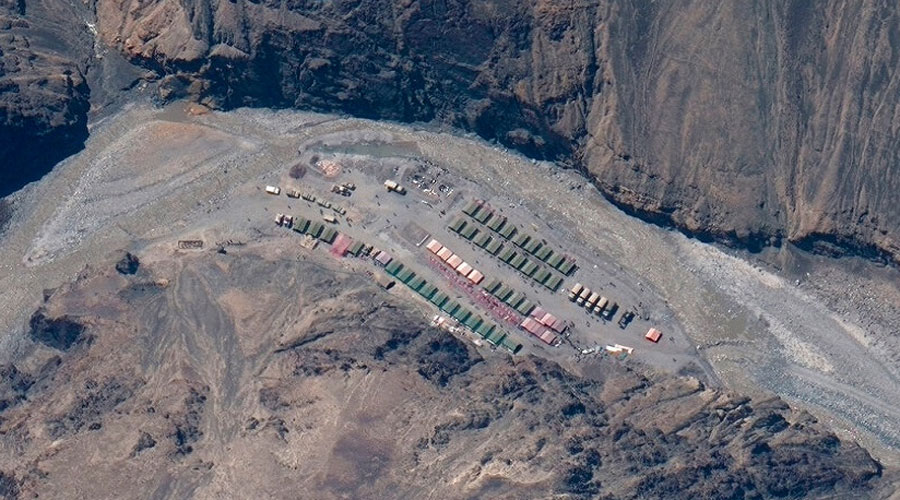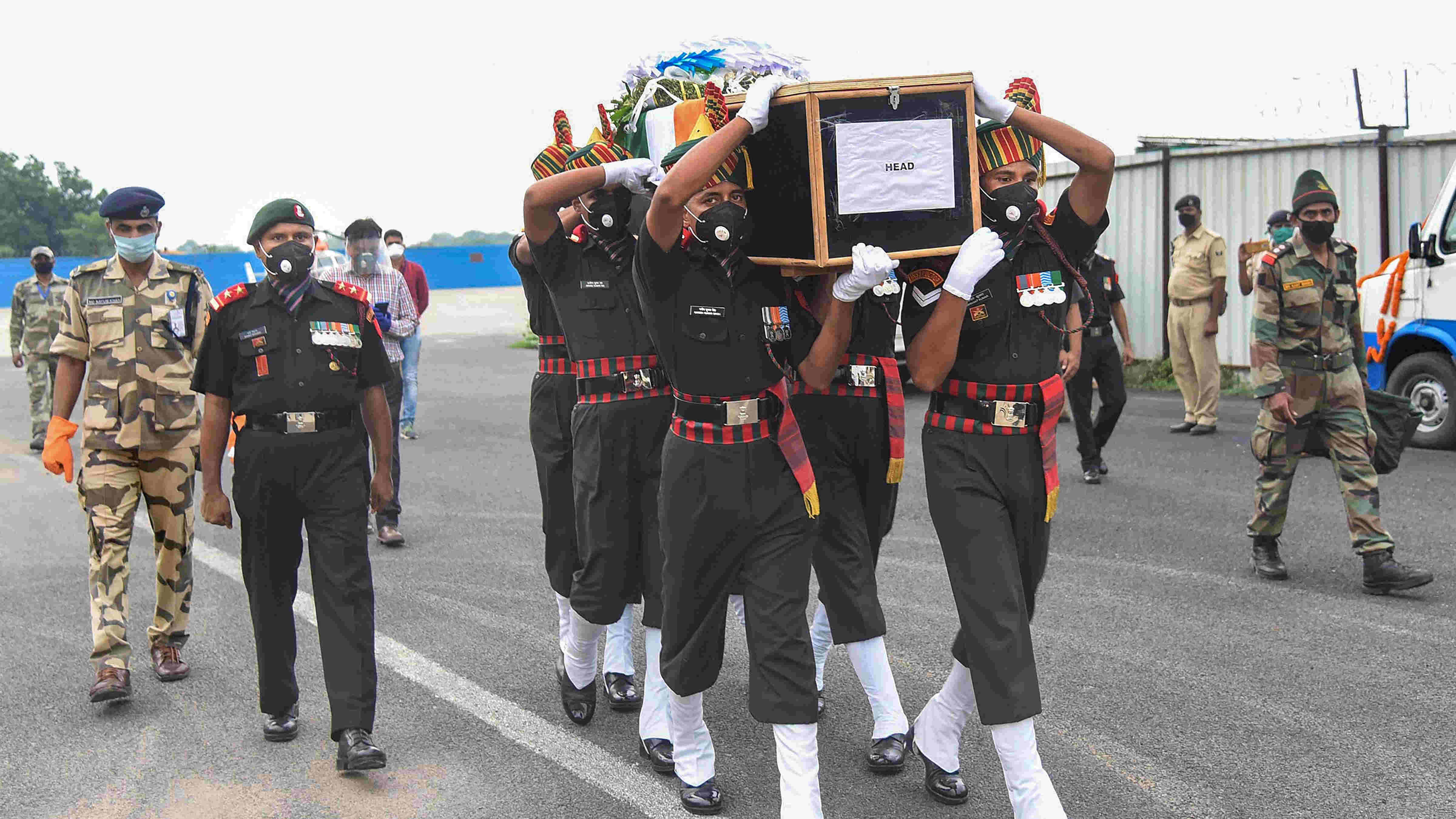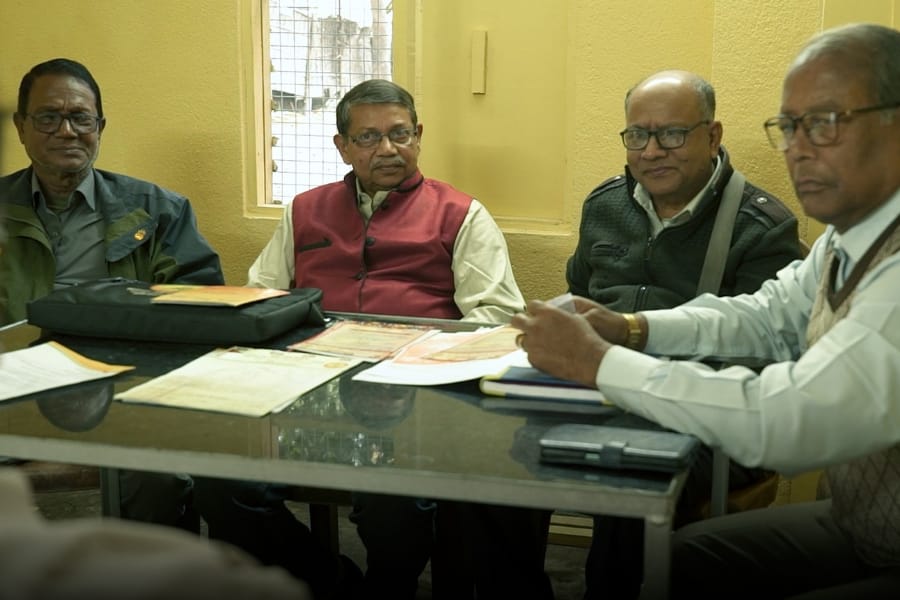A year to the day after 20 Indian soldiers died in the Galwan Valley trying to get Chinese intruders to “disengage”, New Delhi remains silent on any restoration of status quo along the Line of Actual Control in eastern Ladakh.
A ground assessment by Indian forces suggests only a “partial” disengagement by the Chinese from the Galwan Valley and the Pangong Lake along with a massive Chinese build-up at the remaining friction points: the Depsang Plains, Hot Springs and Gogra.
On June 15 last year, 20 Indian soldiers had died in the Galwan Valley.
The Indians inflicted an unspecified number of casualties on the Chinese.
The Indian casualties included the commanding officer, Colonel B. Santosh Babu, and the deaths occurred during hand-to-hand combat with the Chinese during a “de-escalation process” in the Galwan Valley.
Four days later, Prime Minister Narendra Modi declared that no one had intruded into India or occupied Indian territory – a remark never retracted or properly explained and one that Beijing has exploited to call India the transgressor and claim ownership of all the territory under Chinese occupation.
“It’s been a year since 20 Indian soldiers were killed in a clash with the Chinese army but the government has so far not provided any clarity on what exactly happened that day. Prime Minister Narendra Modi has rarely named China since then,” a retired lieutenant general said regretfully.
China, he recalled, had claimed sovereignty over the entire Galwan Valley after the clash and blamed India for the skirmish.
The veteran told The Telegraph that the Galwan Valley had been a settled area on the Indian side of the frontier since the 1962 war, until Chinese troops intruded into the area in May last year.
“But our Prime Minister has stuck to his no-intrusion claim,” he said.
Modi had told an all-party meeting on June 19: “Neither has anyone intruded into our frontier there, nor is any intruder there, nor is any of our posts occupied by someone else.”
Later, under disengagement processes that belied Modi’s no-intrusion claim, the Chinese retreated partially in the Galwan Valley and the Pangong Lake while remaining well within India-claimed lines.
In a trade-off seen by veterans as capitulation, Indian troops moved back by the same distance within India-claimed territory, prompting charges that the government was handing over further territory to the Chinese on a platter.
A veteran on Tuesday said the Chinese continued to occupy areas within India-claimed lines also at Hot Springs and Gogra and the strategically crucial Depsang Plains, where they were preventing Indian patrols from accessing the Line of Control.
“It seems the restoration of status quo ante (to April 2020 positions) at the LAC is not the Indian government’s priority at the moment. There has been no visible urgency to resolve the border standoff,” he said.
Eleven rounds of military talks have taken place without any breakthrough. India’s government and army statements, released after each round of talks, have in recent months dropped any reference to the demand for restoration of status quo ante – an omission questioned by many veterans and security experts.
China’s army has continued to strengthen its positions on the Depsang Plains and in Gogra and Hot Springs by setting up additional military camps inside India-claimed lines.
Indian Army sources say a delay in getting high-speed boats is making surveillance difficult at the nearly 140km long and 7-8km wide Pangong Lake, of which China controls two-thirds.
“That we still haven’t provided enough high-speed boats to the army to patrol the crucial Pangong Lake shows our lack of intent even after losing territory to the Chinese,” a retired colonel said.
An army official said: “We hope to get delivery (of the high-speed boats) in the next couple of months.”











